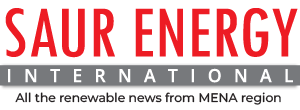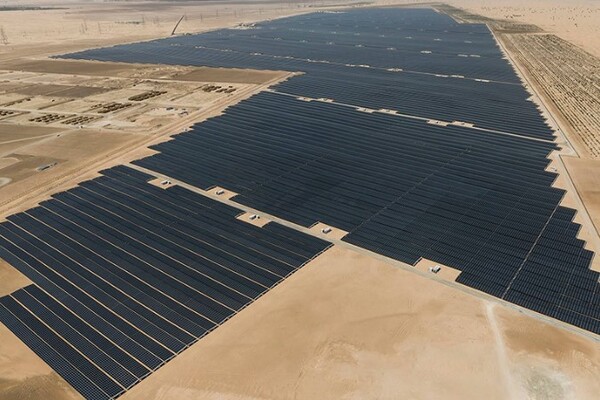The UAE has the highest installed renewable energy capacity in the Middle East and North Africa (MENA) region, reaching 6.3 gigawatts (GW), according to a report by Dii Desert Energy, an energy think tank based in Dubai. Egypt follows with 4.6 GW, and Saudi Arabia has 4.5 GW of installed capacity.
The UAE achieved this capacity with fewer projects compared to Egypt. A major factor is the Mohammed bin Rashid Al Maktoum Solar Park (MBR Solar Park), which contributes a large share to the country’s renewable energy output.
In total, the MENA region has an installed solar photovoltaic (PV) capacity of 22.3 GW. By the end of 2024, Dii Desert Energy’s data showed more than 700 renewable energy projects over 5 megawatts (MW) at different stages of development.
Out of 714 projects, 467 are operational, 47 are under construction, 89 are in the development phase, and 90 have been announced. Saudi Arabia leads in projects under construction, including Al Shuaiba 2, the region’s largest project so far, with a capacity of 2,030 MW.
Oman is expanding its renewable energy sector with the Manah 1 and Manah 2 projects, each adding 500 MW of capacity. These projects are expected to increase Oman’s solar energy output in the coming years.
In addition to well-known projects, the MENA region has several others that are less discussed. In Morocco, the Noor Midelt project combines solar PV and concentrated solar power (CSP) technologies to provide flexible energy output. Jordan continues to develop wind and solar projects under its renewable energy framework, including the Ma’an Solar Park, which contributes 52.5 MW.
The UAE has more projects beyond MBR Solar Park. The Sweihan Solar Park in Abu Dhabi adds 1.2 GW of capacity, while Sharjah’s Al Saja’a Bioenergy Plant focuses on waste-to-energy, producing 30 MW. Dii Desert Energy, as an energy think tank, analyzes data and trends in renewable energy across the region. Its reports track the growth and development of projects, providing insights into the evolving energy sector in MENA.


